The Matter of Details
By Kristin Hacken South | September 26, 2024 |
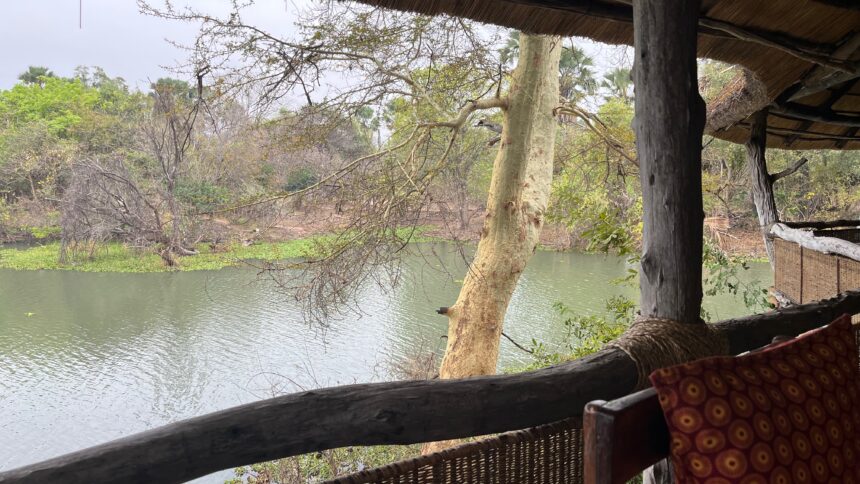
The view from the Upper Lodge at Mvuu, in Liwonde National Park, Malawi.
I’m sitting in a wicker chair and looking out over the Shire River from the comfort of what is essentially a glorified tree house. It’s been drizzling off and on since my son Caleb and I arrived two days ago. Staff at the lodge here in Liwonde National Park have joked that we brought the rain with us; the wet season in Malawi usually starts over a month from now.
Caleb invited me on this trip, created the itinerary, and paid for everything. I have no responsibilities other than to be a good traveling companion. To that end, I left my computer at home, as naked as that makes me feel, and am equipped only with a powerful set of binoculars and the notebook in which I’m writing these observations. It’s enough. If I record as many sensations and impressions as I can, in the moment, I won’t forget them by the time I return home.
A small yellow bird alights in the nearest tree and I snap to attention: Caleb and I have catalogued all of the birds we’ve seen since we arrived. So far, we’ve added about seventy new species to our life lists with the help of our formidable guide, David.
The lowing of a hippo from across the water distracts me and when I look back, the yellow bird has gone. I hadn’t meant to look — after all, this lodge is called Mvuu, which means “hippo,” because there are so many of them around — but I haven’t been here long enough to feel blasé about hippos, not yet.
No matter, I tell myself. I know the importance of details and I remember enough of them. The bird was about the size of a canary, with a white breast and wings that showed a bright yellow underside when it flew. I turn to my trusty Merlin Bird ID app, punch in the identifying information, and fail to find a perfect match. Was it some kind of weaver? Several species live around here. Or an Eastern Nicator? No, the coloring on this bird is too bright. A Cabanis’s Bunting? No, the breast was white, not yellow.
The nearest I can come is the Village Weaver, but I’m not satisfied. I wish I’d taken note of the shape of its beak and the color of its eyes before I looked away. Some of the birds I’ve seen here have been easy to identify – the Böhm’s Bee-eater, the Lilac-breasted Roller, the Malachite Kingfisher – because they have distinctive colors and shapes. This one, not so much; dozens of birds are similar. Here’s looking at you, convergent evolution.
I pull out the big guns: a 500-page hardback tome called Birds of Southern Africa (Expanded Edition). I turn to the weavers and find several possible candidates based on size and colors. I narrow it down, possibly, to a Spot-backed Weaver. I still have to confirm if they have yellow underwings, so I turn to Google.
Score. Google tells me that the Village Weaver is also known as a Spot-backed Weaver. There’s only one picture of the underside of a wing, and it’s fairly yellow. At this point I conclude this is the most likely identification, taking into account other factors: weavers are common in these parts and they gravitate toward trees near water. I’ve seen several weaver nests in the past two days.
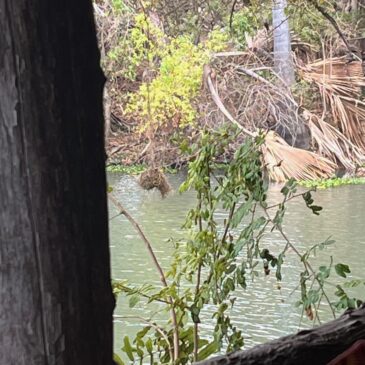
See the nest hanging over the water?
Writing all of this longhand in my travel journal has taken a while, so I stand up to stretch. As I do so, I see a part of the tree that was previously hidden behind a wooden post. Lo and behold, there’s a weaver nest. I am more and more confident in my identification of the bird.
Later, as we embark on our afternoon safari, I ask our brilliant guide David about the bird. He knows exactly which tree I’m talking about. The nest, he says, belongs to a Red-headed Weaver. Well, this bird didn’t have a red head. I’m sure of that. I look it up in the Merlin app anyway, and as I scroll through the images, I find a female. Hello, Red-headed Weaver — without a red head. If I had made note of the color of the beak (a bright orange, in this species only) and the eyes (black, here, but red in the Village Weaver), I’d be 100% confident in this identification. As it is, I’m stuck at maybe 95%.
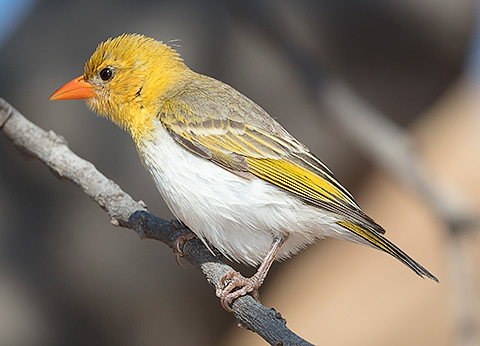
A female Red Headed Weaver — with a yellow head. Don’t get me started on male attributes as the default setting.
Details matter—in birding as in writing. The difference between this species of weaver and the other is so slight that every detail is potentially diagnostic.
Does it matter in some grand universal way if I can name this bird accurately? No, but I want to be confident that I truly have seen every bird on my life list. No guessing. And if I ever describe this experience to others, it could matter to readers who know more about birds than I do.
I write mostly at home, sitting at the same desk every day, and I am often at a loss to create vivid fictional settings. Out here though? I’m inundated with sensory inputs, so many that I can’t take them all in: a ray of sun that dilutes the chill in the air; the cave-in on the side of a mound where a monitor lizard’s eggs have hatched; the confident call of the African Fish Eagle that has taken up residence in the tree across the water; the early warning of pain as a blister forms on my heel. Documenting even a fraction of what I see and hear and smell would amp up the verisimilitude of my writing enormously.
I take a few lessons from all this:
- Get out more. Seriously.
- Write down observations in the moment, in as much detail as possible.
- Don’t be afraid to use other resources to confirm information or add more details.
- Name things accurately to provide veracity and interest.
- Learn from experts.
- If the topic is birds, don’t get distracted by bellowing hippos.
As I finish writing these thoughts, I spot a bird on the sandbank across the river. It stands in shallow water next to a half-submerged crocodile, more upright than a duck and slightly smaller. I write down detailed observations with nary a glance at passing hippos and easily identify the bird as a Common Greenshank. Boom.
Mind you, if the point of this essay were the hippos, I might have just praised laser focus in ignoring the boring, interchangeably beige birds. Hippos, I do not doubt, deserve growth arcs and endure All-Is-Lost moments of their own. It’s just that anyone can identify a hippo, but it requires careful observation to discern between similar birds.
And once you’re sensitized to those differences, a hidden world of delights opens up. All those beige birds, it turns out, also have stories of their own. Bringing that level of specificity to your writing can make it sing.
See and report on it all. The delight is in the details.
How do you provide veracity and interest in your descriptions and settings?
How much of your writing takes place in a sensory vacuum? How do you remedy that lack?
How do you avoid getting distracted by all the hippos?
[coffee]

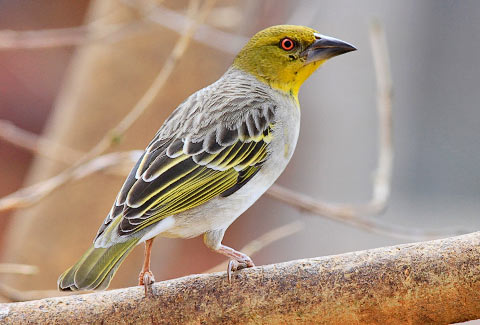
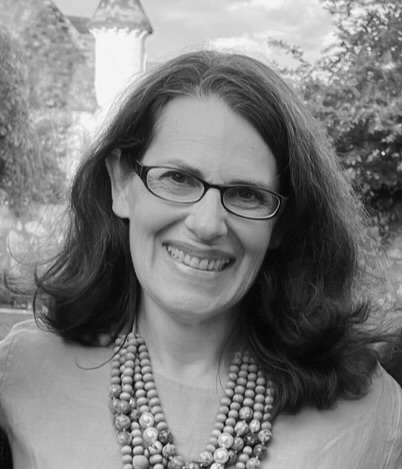








You can’t write the details unless you see them, and it takes training, as your post shows, to see and remember details.
I’ve been doing exercises this summer that address this exact topic. I actually just published a post on my Substack (at https://adaausten.substack.com/p/stepping-books-and-book-pairings ) last night about my book readings that have brought me to this. Two books in particular by Lynda Barry, Syllabus and What It Is, have been helpful. They include practical exercises that get you to start “noticing what you’re noticing,” and in so doing, suddenly, you are seeing, hearing, remembering, writing, and drawing the intriguing, illuminated moments of your day. Part of one exercise is to write down a quick list of 7 things you saw today and draw a 30-second sketch of one of them. That doesn’t sound like much, but it is training. After a month of doing this every day, I see a change in the details I remember.
Great topic. I will just say that Hippos are worth observing, too, even if it’s about the birds. We are all related.
Thank you for the post.
Hippos are amazing! I do not disagree.
I love your exercises and I may just borrow some of them. I have always wondered if it would be possible to develop a more acute set of observational skills. This looks like a great way to do it.
” I have no responsibilities other than to be a good traveling companion. To that end, I left my computer at home, as naked as that makes me feel,” I loved this line.
Thank you! I loved the experience. It’s great to unplug every now and again.
Yes, we are all related. We are all embedded witnesses. To be both a participant and observer, alive, awake, and astute, seeing, hearing, smelling, tasting, touching, and among other beings connected with us brings us a full life.
We can bring that experience to our readers.
I thank you for sharing your experience at the Lodge. I had the priveledge of going there with you through your observations and details.
Thank you, Lynda! I love the idea of being an “embedded” witness — right there, along for the ride, truly experiencing it all.
Beautiful post, Kristin! Of course, what you’ve also shown-not-told us is that what really makes the details compelling is the protagonist’s response to them. Much as I, too, love my Merlin app, I might have been less absorbed by the beak shapes and underwings if you hadn’t drawn me into your story. I felt your urgency to capture these details without a laptop, empathized with your wrenching decision to look away from the hippos, and cheered when the key to the mystery turned out to be looking at female plumage! Thanks for taking me on this journey.
Thank you, Julia! It looks like you and Donald (below) are saying the same thing: there needs to be a balance of sensory details and other reasons for emotional engagement. I struggle to find the right balance and I’m glad that it worked for you here.
To a point.
It’s a fact that visual and other sensory cues are one of the two primary elements that cause our imaginations to work. (The other is emotional cues.)
However, I find that writing heavy with details, images, no matter how crisp and vivid, after a while fails to engage me. To be fair, that’s also true of action-only writing that lacks visual details.
Overall, for me, the ideal is balance: action, dialogue, details, internal life, characters in motion, inside and out, a lively world, anticipation, emotion…the whole bag of tricks.
Too much of one, ask me, risks overloading—and underwhelming—the reader.
I’ll make a confession: I have a tendency to skim over long paragraphs that seem to include details only for the sake of including details. Finding a way to make descriptions sticky, and including the right balance, as you mention, is the trick I want to master.
How wonderful that your son organized this trip. Thank you for bringing a bit of your birding from Malawi to us. I find weaverbirds fascinating, especially how beautifully they weave their nests (I have a book with beautiful photographs). I find the exercise to simply write what you observe, using all five senses, a powerful tool to break writer’s block. And writing is so much about the art of paying attention–not just to surroundings, but what’s inside the heart.
Thank you, Vijaya! “Writing is so much about the art of paying attention” — you said it. And your observation adds to what Julia and Donald, above, have said: description needs to have heart. I love the idea of just writing what you observe with all of the senses. Couple that with an interesting location and good things start to happen!
So wonderful! I’m in awe and envy of your travels! Enjoy! Love the birds! The hippos were SO strange when I saw them in South Africa on a river– so many and such odd creatures! Thanks for the “paying attention” reminders…it’s my work in progress lately!
Thanks for stopping by, Deb! It’s probably obvious by now that I write about what I struggle to do well. Paying close and precise attention is one of my hardest things. Good luck with your WIP!